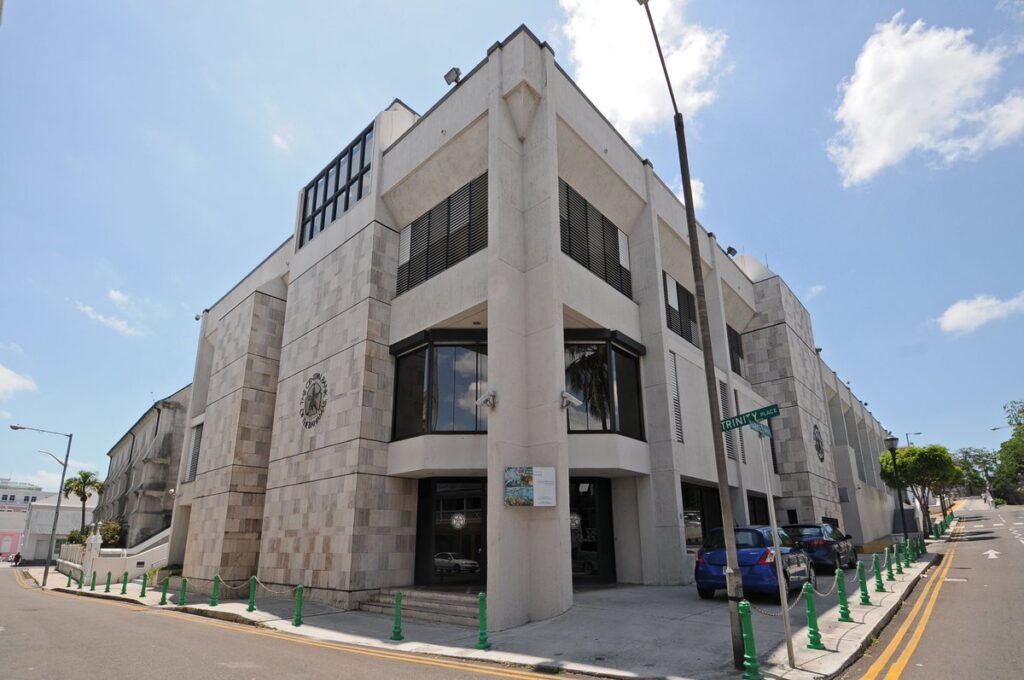
Private sector loan arrears are steadily growing in the Bahamas with the latest figures from the Central Bank of The Bahamas (CBOB) showing a nearly ten per cent jump between July and September this year.
This stark jump in loan arrears could be explained by the end of some of the local bank’s COVID-19 loan deferral programs. The data from the CBOB showed that loan arrears grew by $61.4 million or 9.7 percent for the September quarter, pushing the ratio of arrears to loans in that category up more than a percentage point.
However, the numbers revealed that private sector loan arrears are still down seven percent compared to the same period last year. According to the CBOB’s Quarterly Economic Report for September, “a disaggregation by the average age of delinquencies showed that short-term (31-90 day) arrears rose by $36 million (18.3 percent) to $232.1 million, with the corresponding ratio moving higher by 63 basis points to 4.1 percent of total private sector loans.”
The CBOB Quarterly report indicated that the non-performing segment, where the arrears in excess of 90 days and on which banks have ceased accruing interest, grew by $25.4 million or 5.8 percent to $465.2 million. This resulted in a 45 basis points increase rise in the relevant ratio to 8.2 percent of total private sector loans.
Consumer vs. commercial loan arrears
The sharpest increase was seen in the consumer loan segment, which grew by $50.7 million, representing a 28.6 percent increase, while commercial arrears grew much slower by $8.5 million or 13.9 percent. The non-performing loan rate on consumer loans went up by 5.5 percent in the second quarter to 6.1 percent in the third quarter.
However, mortgages remained the same during the period. The Bahamas banking regulator reported that “data obtained from domestic banks, insurance companies and the Bahamas Mortgage Corporation revealed that the total value of outstanding mortgages declined by $2.9 million (0.1 per cent) to $2,987.1 million, contrasting with a $5.7 million (0.2 per cent) increase in 2019.”
Regarding new mortgage, the CBOB quarterly report showed a nearly 16 per cent decrease in domestic financing support, which is a continued trend from the nearly 13 per cent decrease reported during the same period last year.

“Underlying this development, the residential component contracted by 12.5 percent ($3 million) to $21 million, although below the 16.5 percent falloff in the prior year. Similarly, commercial disbursements reduced by 47.5 percent ($1.2 million) to $1.3 million, a reversal from the $0.8 million uptick in the preceding year,” the Central Bank report explained.
Compared to the same period in 2019, total mortgage commitments for new buildings and decreased by 17 to 98 but the corresponding value grew by 28.3 percent to $23.3 million. In terms of loan category, the number of undisbursed approvals for residential commitments fell by 20 to 91, while the associated value remained unchanged at $16.9 million.”
Profitability contracted across banking sector
Profitability across the banking sector contracted, due mainly to the rise in provisioning for bad debt. Money supply decreased by $30.9 million (0.4 percent) to $8.05 billion, as against an expansion of $111.5 million (1.5 percent) in 2019, which was bolstered by hurricane-related insurance inflows.
The growth in narrow money moderated to $20.6 million (0.6 percent), coming from $56.8 million (1.9 percent) recorded a year earlier, as demand deposits gains slowed to $17.7 million (0.6 percent) from $63.3 million (2.4 percent) in the previous year. This was largely attributed to a decline in private sector holdings.”
In its overview of economic developments for the quarter, the CBOB stated while there was less growth in domestic credit, both bank liquidity and external reserves increased during the review period, primarily because of foreign currency inflows from the government’s external borrowings.







Comments